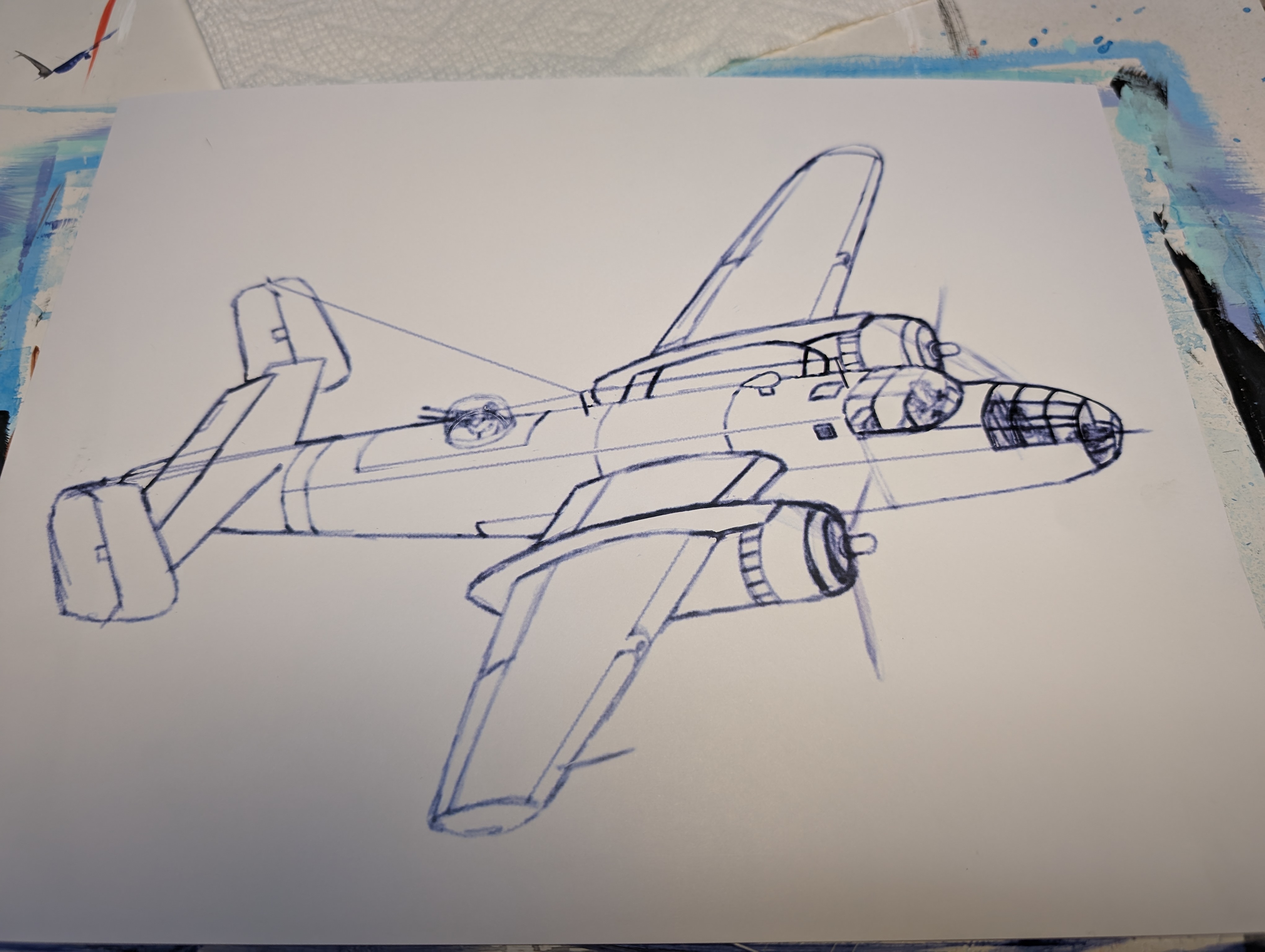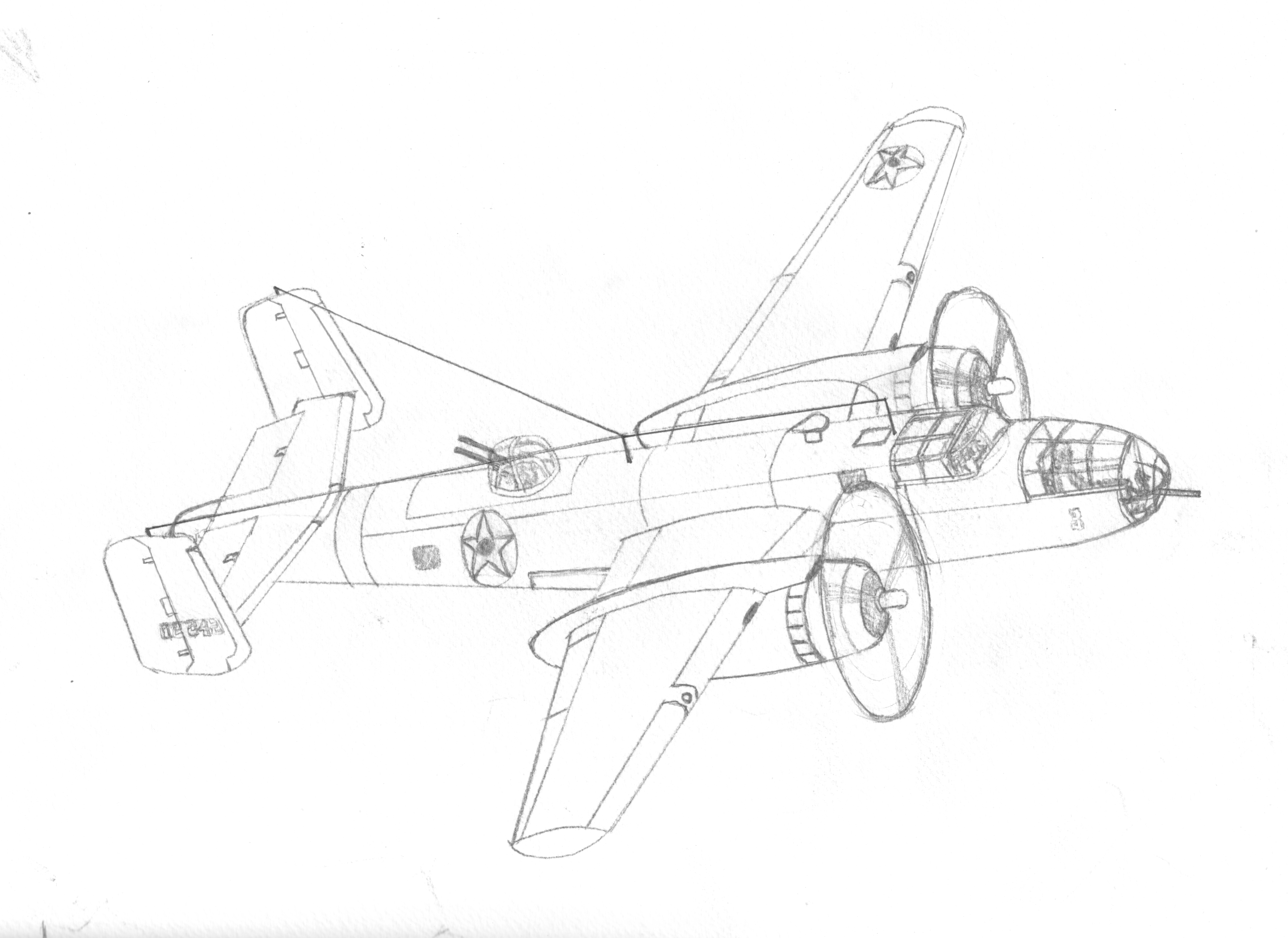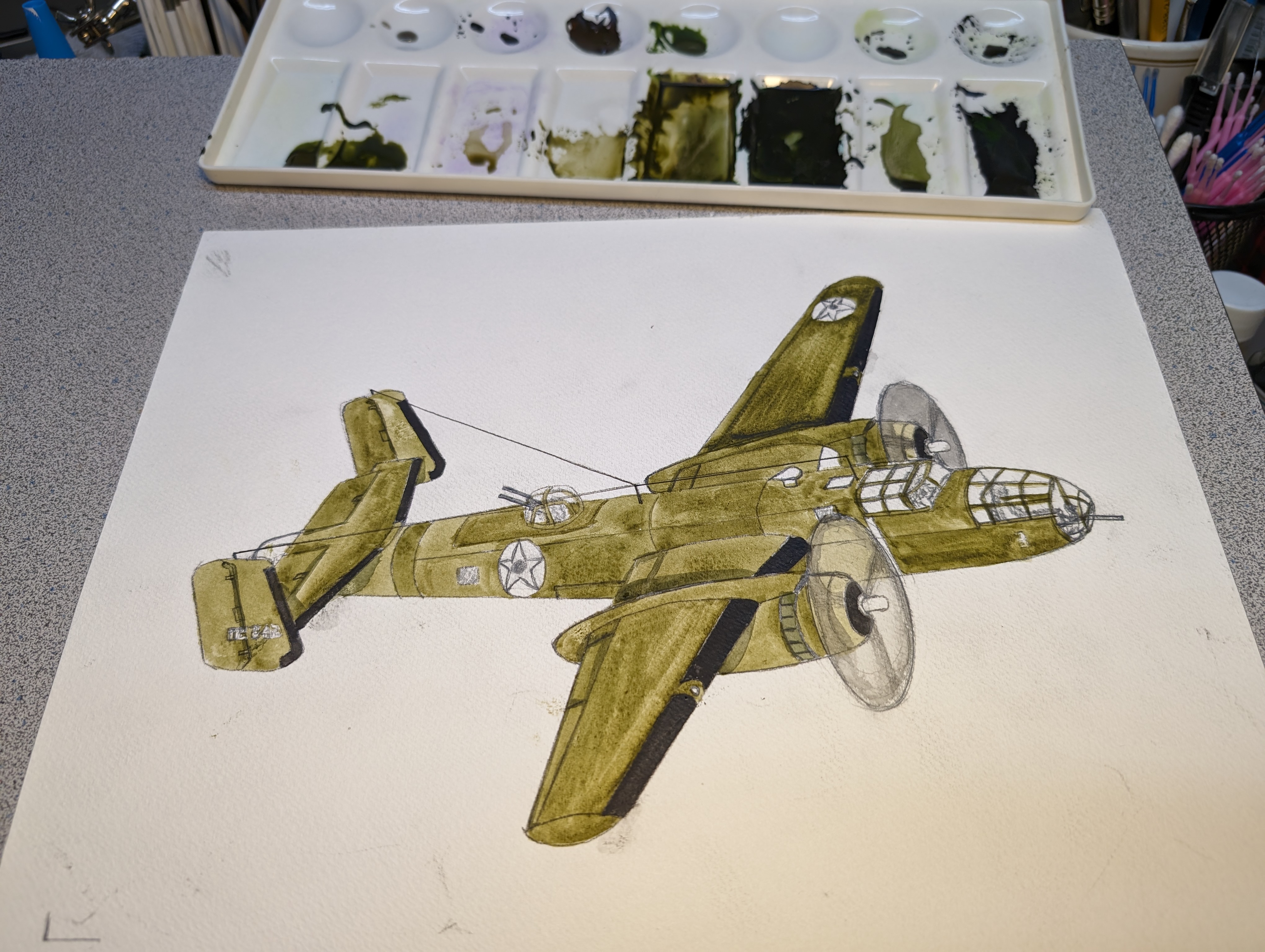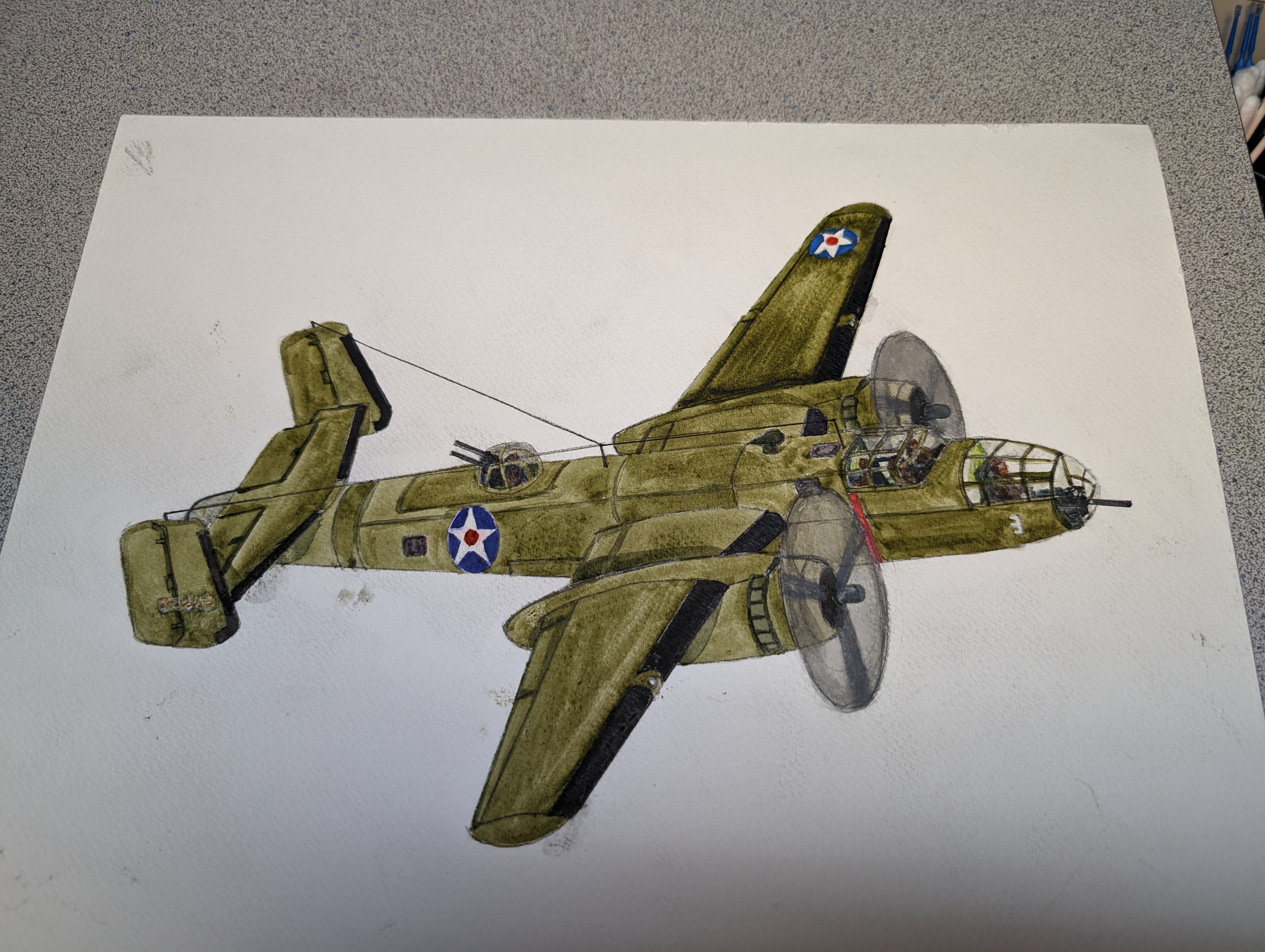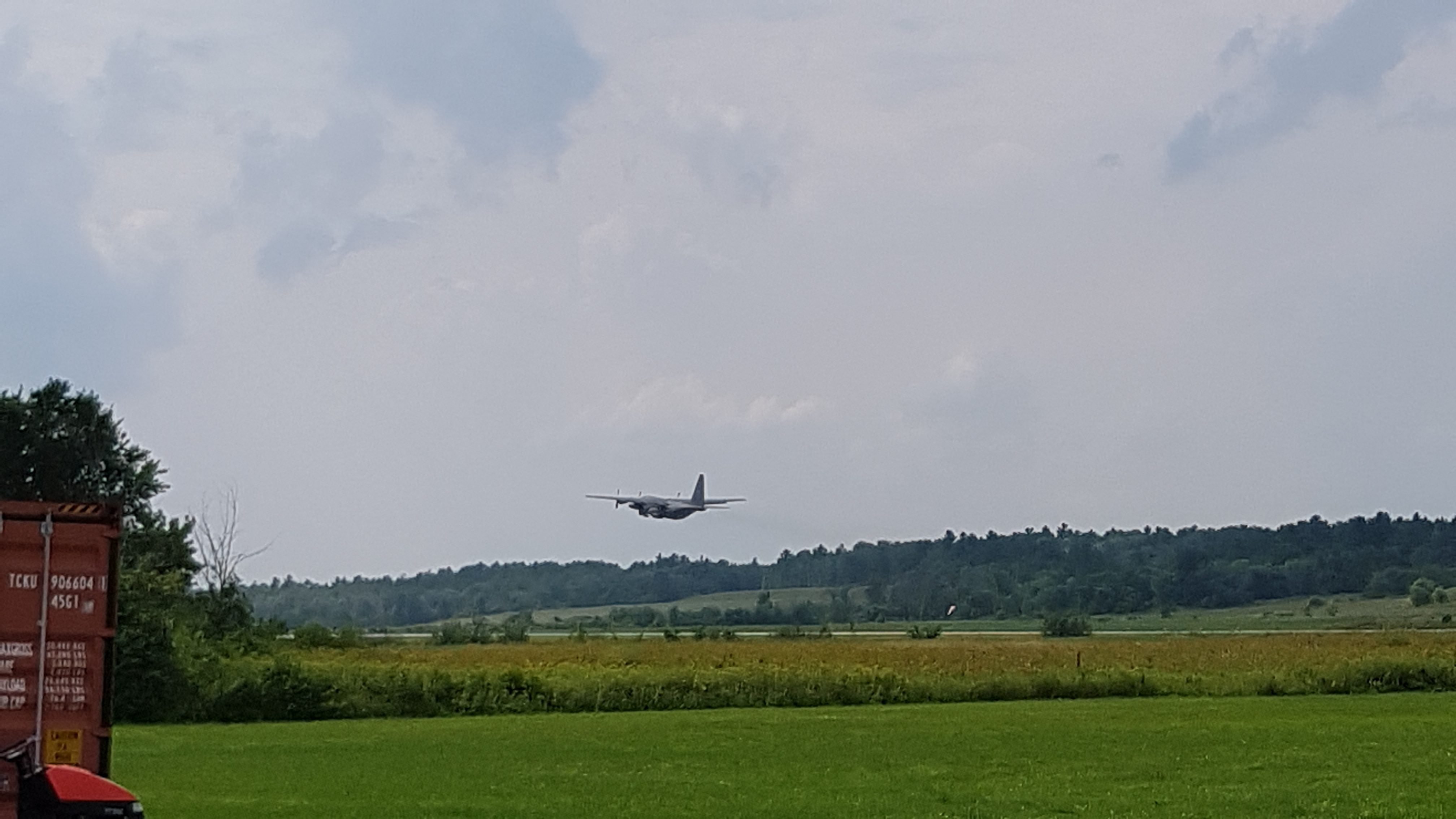The Doolittle Raid 82 Years Later
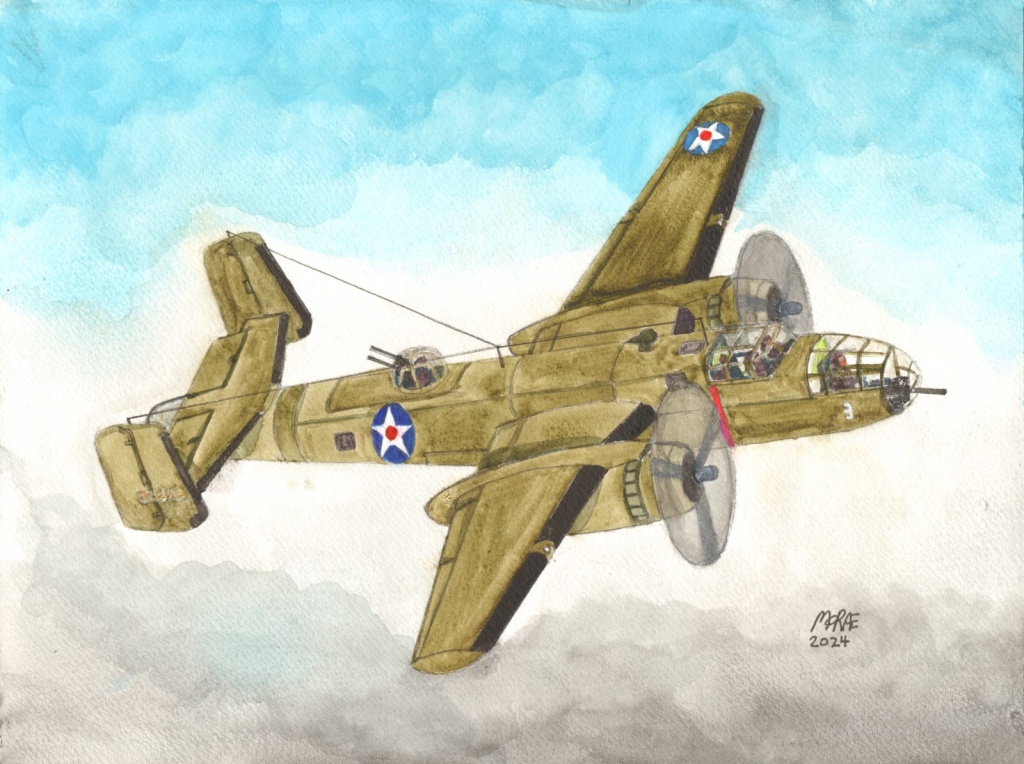
The Operation
On April 18th, 1942, one of the most daring raids of World War II was carried out as 16 North American B-25B Mitchell bombers attacked Tokyo. This is a brief summary of the operation. I highly recommend those interested delve deeper into this historic mission.
With the United States still reeling from Pearl Harbor and the Japanese advance in the Pacific, President Franklin Roosevelt wanted to strike back at Japan both to improve the country’s morale and to perhaps give the Japanese some doubts about their invincibility.
The concept was to take Army long range medium bombers and launch them off an aircraft carrier, bomb Japan, and then land at friendly airfields in China. The bombers could not return to the carrier for two reasons, it was physically impossible for them to land and the carriers could not wait around in hostile waters for the planes to return. Clearly, this mission was going to require some brave crews to execute. Lt. Col. James Doolittle was put in charge of training the crews. He also decided he would lead the mission.
The USS Hornet, with the B-25’s strapped to her deck, left San Francisco Bay on April 2 and met up with the USS Enterprise a few days later. The task force then streamed for Japan. The crews were told of their target and the inherent danger of the operation. They were told they could decide not to fly the mission and nothing would be held against them, but not one member of any of the crews stepped down.
Things did not go as planned as the task force was spotted by a Japanese picket boat about 200 miles farther out than the intended launch point. Doolittle decided to launch immediately so as not to put the precious carriers at risk. The crews took off knowing they would not have enough fuel to make it to the landing sites in China.
They bombed Tokyo, Yokohama, Osaka, Kobe, and Nagoya. Each plane carried 3 500lb bombs and 1 500lb incendiary bomb. Little actual damage was done, but the impact of the raid was profound.
The aircraft headed for China fully knowing that they were not likely to make it and have to ditch in the China Sea. One plane was so low on fuel, it proceeded to Vladivostok despite the crews being told not to do this under any circumstances.
As the rest of the aircraft flew across the China Sea, the weather deteriorated, but magically, a strong tailwind swept the aircraft up and allowed them to reach the coast. Most of the crews bailed out, some crash landed, but other than the aircraft that landed intact in the Soviet Union, all aircraft were lost. The crew that landed in the Soviet Union were interned and were allowed to “escape” to Iran and return to the US after about a year.
Of the 80 men who flew this mission, 3 died in the crash landings and bailouts, 3 were executed by the Japanese, and another died of disease and malnutrition in captivity. The Chinese did all they could to help the downed crews and suffered almost inconceivable reprisals from the Japanese.
Doolittle thought he would face a court martial but instead he was promoted to Brigadier General. The mission forced the Japanese to divert resources to defend the home islands and the operation to capture Midway stemmed from the Japanese wanting to expand their territory to prevent further raids of this type. The Imperial Japanese Navy defeat at Midway changed the course of the war in the Pacific.
In no way can this short account confer the daring premise of the mission, the incredible bravery of the aircrews, and the substantial impact this operation had on the outcome of the war. That is why I strongly recommend further research.
There are several good books on the Doolittle Raid:
And this is a fairly exhaustive documentary:
There was a a movie “Thirty Seconds Over Tokyo” made based on Ted Lawson’s book in 1944. Lawson was the pilot of Plane #7 and lost his leg during the mission.
This is one event that could definitely do with a major production, but so far none has been made. The raid has been depicted a few movies, 1976’s Midway and 2001’s Pearl Harbor (a particularly fictionalized version).
The Painting
First, I created a sketch on my iPad to act as the basis for the watercolor.
I traced this onto Canson Cold Press Watercolor 9×12 paper using graphite tracing paper.
Then I started adding color using various tube watercolor paints,
Some details were added with water-based markers, Micron pens, and Pantone markers.
The clouds were added by painting on the various colors and dabbing them off when still wet with a paper towel.




